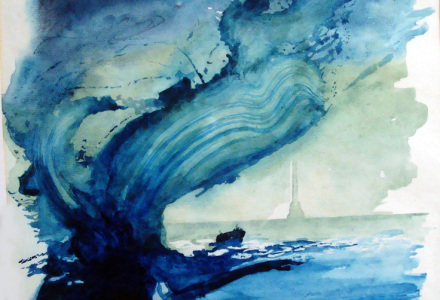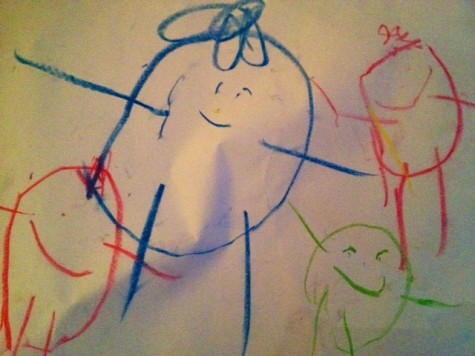The Collective Unconscious

April 24, 2015
Carl Jung, a psychiatrist from the early 1900’s, developed a theory to explain the roots of human existence. This idea of the “collective unconscious” shows us what can be found at the base of our being. In other words, it reveals a commonality in the core of us as a species. The collective unconscious is thought to be a metaphysical explanation to primal human behavior.
Perhaps the most important aspect, and the very foundation of the collective unconscious, is the idea of archetypes. Archetypes are primitive thoughts that have become concepts acknowledged world-wide. There are a variety of different archetypes, including “symbolic”, “setting”, “situation”, and “character”. For example, the “Hero” and “Villain” are popular character archetypes and have been incorporated in literature and story-telling universally for centuries. They are two of the most common and widely recognized archetypes in literature. Other examples include “The Mother Figure”, “The Mentor”, “The Damsel in Distress”, and “The Scapegoat”, all of which can be found in virtually every myth, legend, or fairy story.
Interestingly enough, the potato-like drawings of “people” incarnated by toddlers serve as a perfect example of the collective unconscious. Across the globe, every single child reaches an age where-while they still lack verbal communication skills-they perceive the world around them in a way that when placed in front of a canvas, their illustrations and depictions of human beings emerge the exact same. This phenomenon is thought to be due to a commonality within our species that goes back to primordial times.
In conclusion, the theory of the collective unconscious provides the world with an explanation as to what holds together our very roots as a population.

